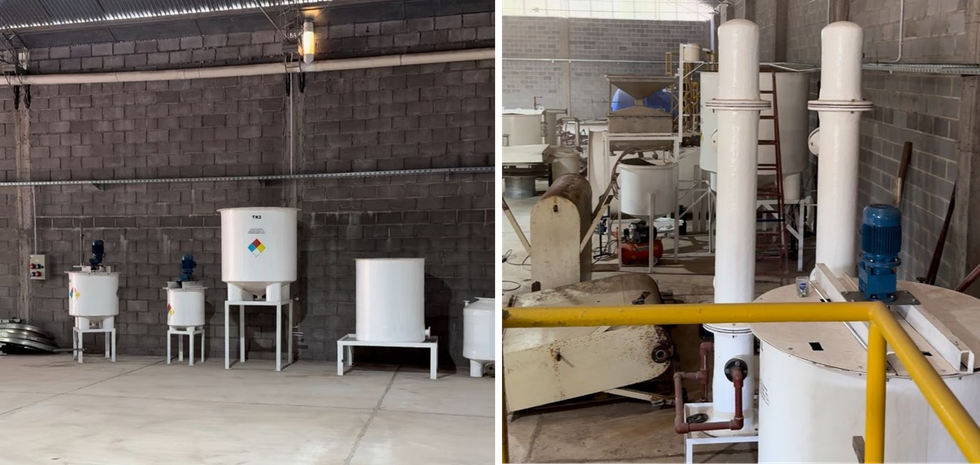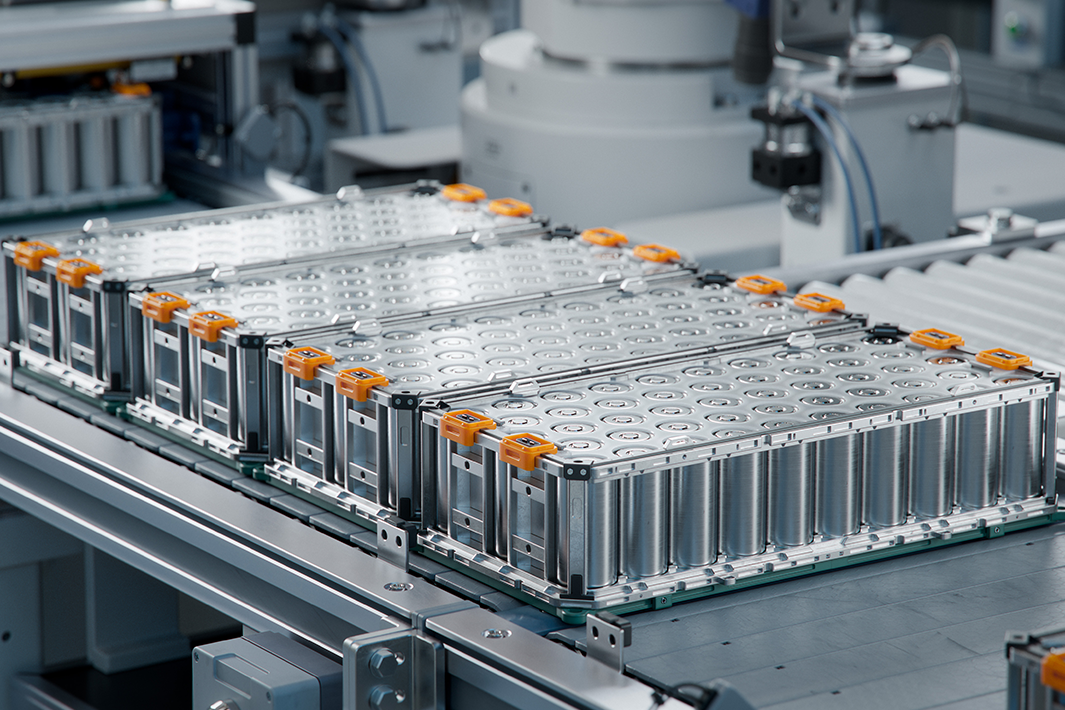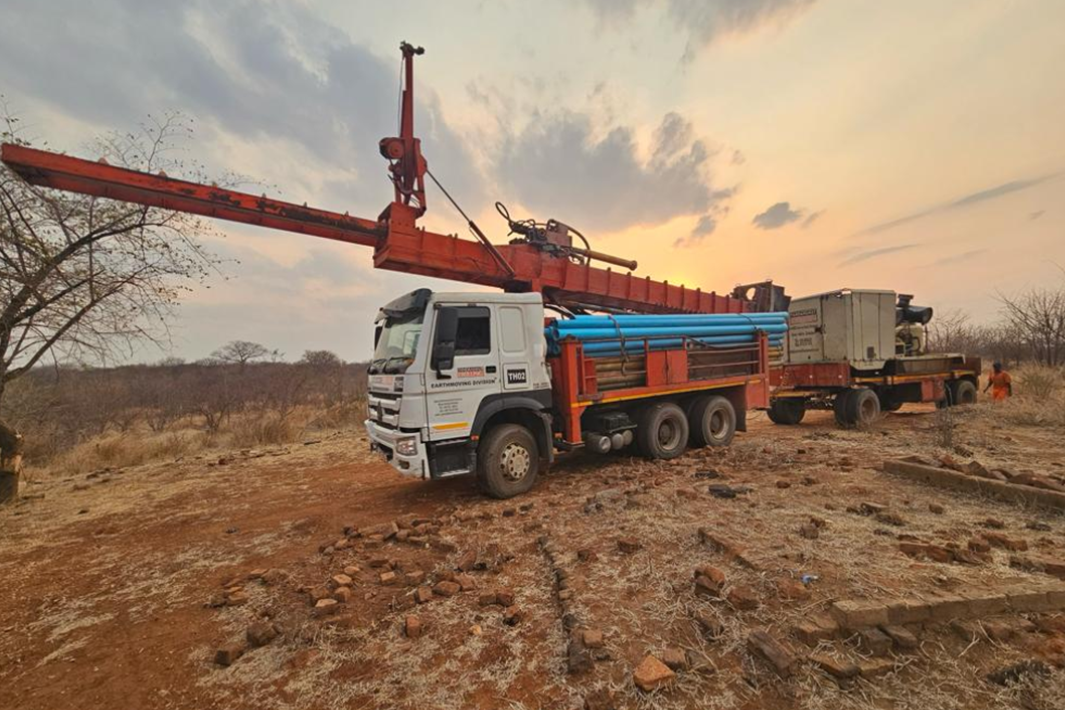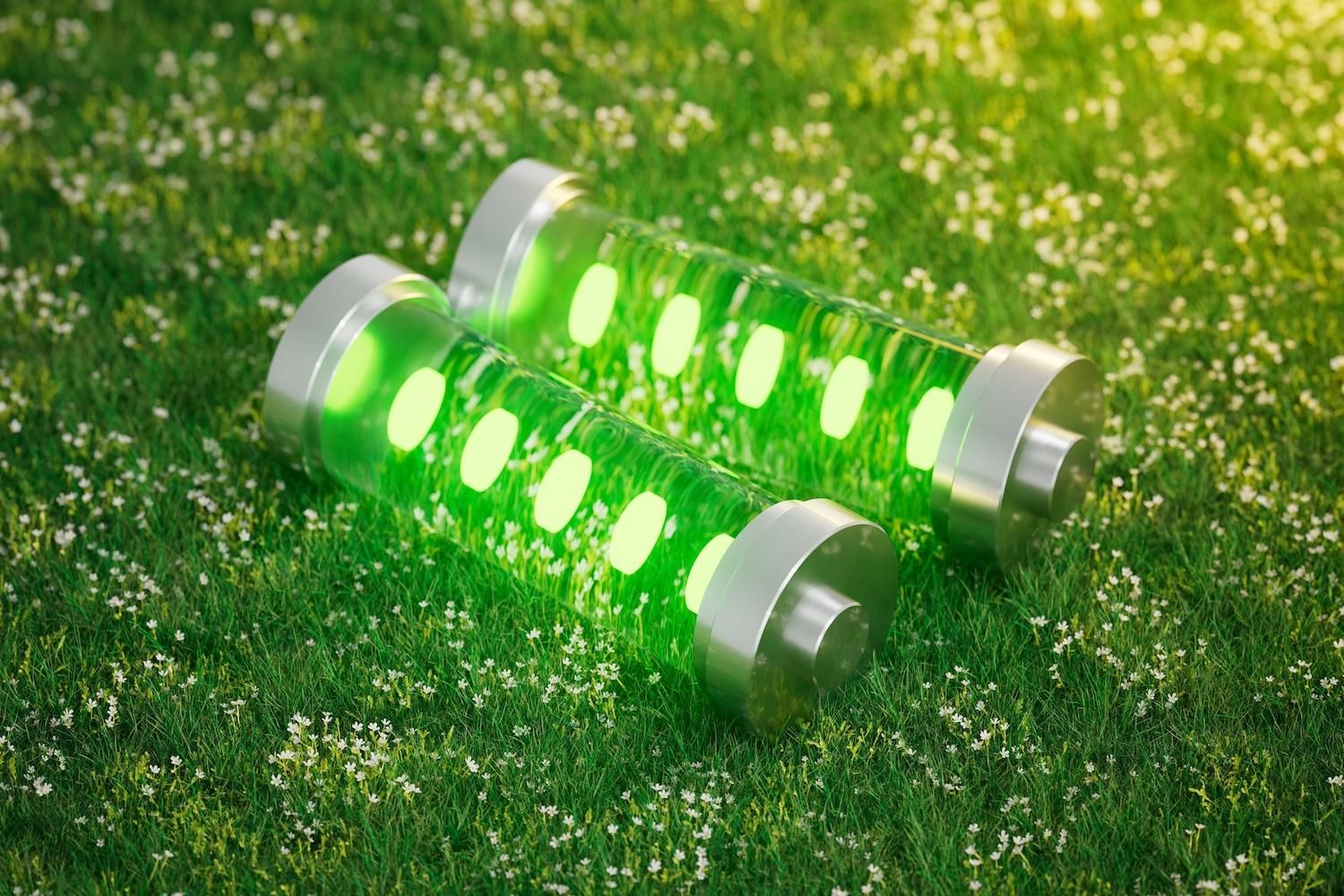
December 11, 2023
Pursuit Minerals Ltd (ASX: PUR) (“PUR”, “Pursuit” or the “Company”) is pleased to provide the following update on key developments for its Lithium Carbonate Pilot Plant at the Rio Grande Sur Lithium Project following a recent site visit by management to Argentina.
HIGHLIGHTS
- Pilot Plant comissioning and start up works progressing towards first production.
- Completion of relocation of plant to new facility in Salta.
- Completion of dynamic simulation, mass balances and plant layout design conceptually producing 250 tonnes per annum of 99.95% battery grade Lithium Carbonate via conventional evaporation process method.
- Completion of mass balance and engineering study by Worley in addition to upgrade and optimisation plans from Pursuit Engineering Team.
- Engagement of highly experienced engineering team to oversee and manage plant operations and first production of Lithium Carbonate.
Lithium Carbonate Pilot Plant
The Company is progressing with its commissioning and start up works of the Lithium Carbonate Pilot Plant.

The plant is currently in the process of being commissioned with equipment currently being refurbished for testing of the circuit and first production of material. This process is being overseen by Pursuit’s plant operations and engineering team led by:
Pedro Mauricio Torres
Senior Lithium Process Engineer.
Mr. Torres has been working for more than 15 years in Lithium Projects (Process, Operation, Engineering and Project area), in Chile where he worked for more than 10 years in a senior role at SQM (NYSE:SQM) and was in charge of carrying out the commissioning of the new La Negra Lithium Hydroxide Plant. In addition, Mr. Torres has held senior roles with Galaxy Lithium now Allkem (ASX:AKE) and Alpha Lithium Corp (NEO: ALLI | OTC: APHLF | FRB: 765). Mr. Torres is an engineer with significant experience in the development of lithium processing operations with a strong technical profile. He is one of the founders of Beyond Lithium LLC Consultants.
Adrian Arias
Senior Lithium Brine Technology Engineer
Mr. Arias has held senior roles with several different Lithium development companies with vast experience in Argentina, with a focus on the development of chemical plants. Mr Arias was formerly the Process Manager of the Sal de Vida Project of Allkem (ASX:AKE) in addition to being a consultant of Alpha Lithium Corp (NEO: ALLI | OTC: APHLF | FRB: 765) in the establishment of its Pilot Plant at the Tolilar Salar. Currently, Mr. Arias is the leader of technology development for Beyond Lithium LLC, where his experience in laboratories, field testing and operations development positions him as a leader in the construction of Lithium Projects focusing on the brines of the Argentine Puna.
Worley Process Report - Mass Balance, Evaporation Ponds and Li2CO3 100tpa Plant Study
Earlier in 2023, Pursuit commissioned global engineering firm Worley to commission a study to outline a process route for the Rio Grande Brines through development of a dynamic mass balance for the production of 100 tonnes per annum of battery grade lithium carbonate, through the use of evaporation ponds and a lithium carbonate plant.
Click here for the full ASX Release
This article includes content from Pursuit Minerals, licensed for the purpose of publishing on Investing News Australia. This article does not constitute financial product advice. It is your responsibility to perform proper due diligence before acting upon any information provided here. Please refer to our full disclaimer here.
The Conversation (0)
02 May 2024
Pursuit Minerals
Tier 1 lithium play in the prolific Lithium Triangle in Argentina
Tier 1 lithium play in the prolific Lithium Triangle in Argentina Keep Reading...
11 December
Mining the Gap: 5 Forces Shaping North America’s Lithium Supply Chain
A convergence of industry investments, government initiatives and a shifting global trade dynamic is creating an environment ripe for the development of a North American battery supply chain, with lithium playing a leading role. These trends are reshaping the region’s industrial base and opening... Keep Reading...
10 December
Rock Bottom: Strategic Window for Ground-level Lithium Investment
When lithium prices hit bottom, savvy investors know that’s exactly where the next big discovery begins — literally. Beneath the surface of global markets and remote exploration grounds, new opportunities are forming in the wake of a sharp price reset and renewed geopolitical urgency.Recent... Keep Reading...
10 December
Liontown Resources Pens Lithium Offtake Agreement with China's Canmax
Liontown Resources (ASX:LTR,OTC Pink:LINRF) has executed a binding offtake agreement with Chinese conglomerate Canmax Technologies (SZSE:300390) as part of its strategy to diversify its customer base.“Listed on the Shenzhen Stock Exchange, Canmax is one of the world’s leading manufacturers of... Keep Reading...
08 December
Trading Halt
Jindalee Lithium (JLL:AU) has announced Trading HaltDownload the PDF here. Keep Reading...
05 December
Livium Receives A$663k in RsD Tax Incentive Rebates for VSPC
Livium Ltd (ASX: LIT) (“Livium” or the “Company”) advises that it has received A$663,000 in research and development ("R&D") tax incentive rebates from the Australian Tax Office for the 2025 financial year ("FY25"), relating to its wholly owned subsidiary VSPC Pty Limited ("VSPC"). The rebate... Keep Reading...
01 December
Why SQM Says Social Dialogue is Key to Sustainable Lithium
As scrutiny continues to intensify across the battery metals supply chain, the conversation around sustainability has moved far beyond carbon footprints. At this year’s Benchmark Week, Stefan Debruyne, director of external affairs at Sociedad Quimica y Minera de Chile (SQM) (NYSE:SQM), made that... Keep Reading...
Latest News
Latest Press Releases
Related News
TOP STOCKS
American Battery4.030.24
Aion Therapeutic0.10-0.01
Cybin Corp2.140.00






